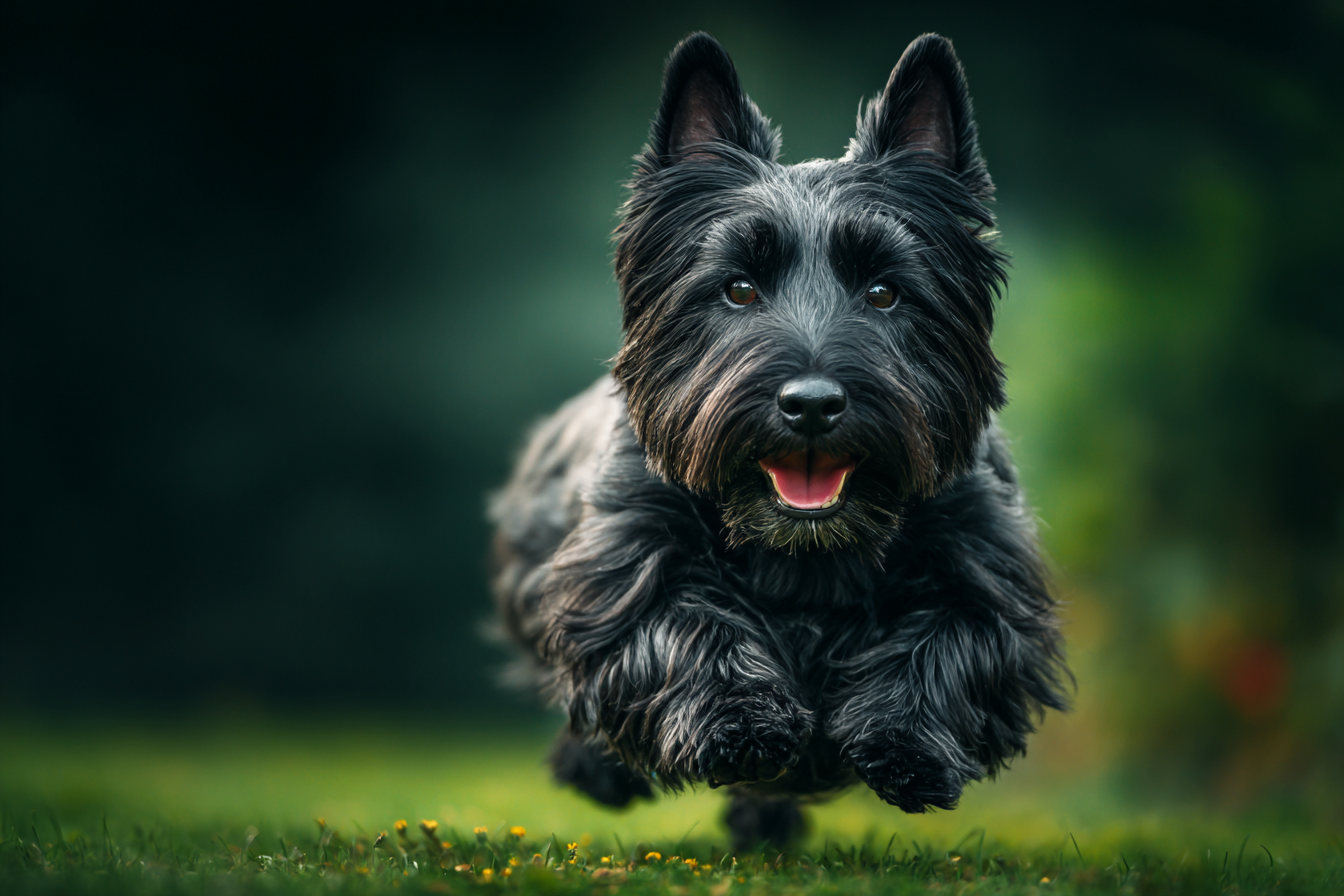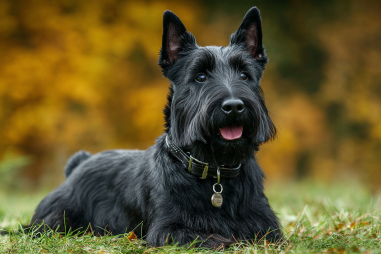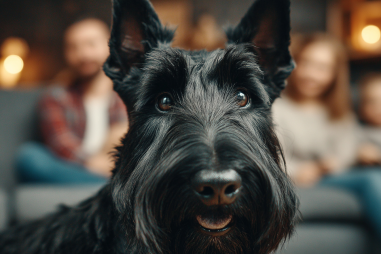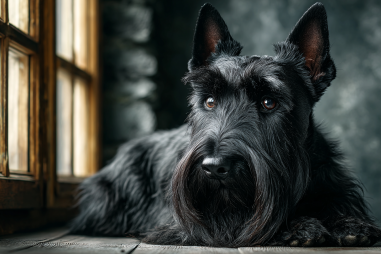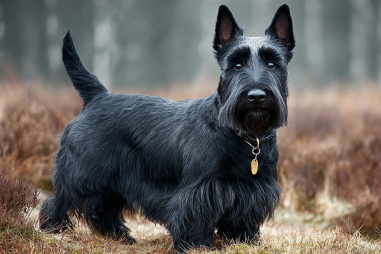Scottish Terriers, often affectionately called Scotties, are compact dogs with a big personality. Despite their small stature, these spirited pups are full of energy and require regular physical activity to maintain their health and happiness. Understanding their exercise needs is essential for owners who want to provide a vibrant and fulfilling lifestyle for their furry companions. Let’s dive into what makes Scottish Terrier exercise unique and how best to meet those needs.
Daily Exercise Recommendations
Scottish Terriers have moderate exercise requirements. Unlike some high-energy breeds that need hours of intense activity, Scotties thrive with about 30 to 60 minutes of exercise daily. This can be broken into two or three sessions to keep their energy balanced throughout the day. Consistency is key, as these dogs can become bored and potentially destructive if left inactive for long periods.
For puppies and older dogs, exercise durations might differ. Puppies should have shorter, more frequent playtimes to protect their developing joints, while senior Scotties might need gentler activities tailored to their mobility.
Best Types of Exercise for Physical and Mental Stimulation
Scottish Terriers are both physically active and mentally sharp. Their exercise routines should include activities that challenge both aspects:
- Walks: Daily walks are a staple for Scotties. These can be brisk or leisurely, but regular walks allow them to explore new scents and socialize.
- Play sessions: Interactive play such as fetch or tug-of-war helps burn energy and strengthen your bond.
- Agility training: Billowing through tunnels, jumping over low obstacles, and weaving through poles can provide excellent physical and mental engagement for your Scottie.
- Puzzle toys and scent games: These activities tap into their natural intelligence and strong sense of smell, rewarding mental effort as much as physical activity.
A mix of these activities can keep your Scottish Terrier happy and well-stimulated on multiple levels.
Indoor vs Outdoor Activity Considerations
Scottish Terriers are quite adaptable and can enjoy exercise both indoors and outdoors. Outdoor spaces offer ample room to run, sniff, and explore, making them ideal for longer play sessions and walks. However, Scottish Terriers can also benefit greatly from indoor exercise, especially in bad weather or busy urban environments where safe outdoor areas are limited.
Indoors, you can engage your Scottie with interactive play, training drills, and mental games. Creating an environment with accessible toys and safe spaces for them to roam helps ensure they get sufficient activity each day.
When exercising outside, it’s important to consider the environment. Due to their short legs and rough coat, Scotties can be sensitive to extreme heat, so early morning or late evening walks are preferable during warm months. Additionally, be mindful of uneven terrain that could strain their joints.
Exercise Safety Tips
Keeping your Scottish Terrier safe during exercise is crucial. Here’s how to avoid common pitfalls:
- Watch the weather: Avoid overexposure to heat or cold, as their coat and size can make temperature regulation challenging.
- Start slow: Especially for puppies or older dogs, gradually increase exercise intensity and duration.
- Keep hydrated: Always provide fresh water before, during, and after exercise.
- Leash safety: Given their curious and sometimes stubborn nature, keeping your Scottie on a secure leash or in a fenced area protects them from traffic and other hazards.
- Check for injuries: After exercise, check paws for cuts or debris and watch for any signs of limping.
Signs of Over- or Under-Exercising
Balancing exercise is vital to your Scottie’s well-being. Too little activity can result in boredom, weight gain, and behavioral problems, while too much exercise may lead to fatigue or injury.
Look out for these signs:
- Under-exercising: Excessive barking, restlessness, destructive chewing, or weight gain may indicate your Scottie isn’t getting enough activity.
- Over-exercising: Limping, excessive panting, lagging behind on walks, reluctance to move, or sleeping more than usual can signal that your dog is overworked.
If you notice any concerning symptoms, it’s best to adjust your dog’s exercise regimen or consult your veterinarian.
Incorporating Playtime and Training
Scotties are smart dogs who benefit tremendously from combining exercise with training. Incorporating obedience drills into play sessions not only burns physical energy but also sharpens their minds.
Use positive reinforcement techniques, like treats and praise, during walks or play to encourage good behavior. Training commands such as “sit,” “stay,” and “come” can be practiced outdoors or indoors, making exercise both productive and enjoyable.
Games like hide-and-seek, fetch with a twist of command response, or puzzle feeders keep your Scottie engaged and stimulated. These activities deepen your bond and help channel their energy constructively.
Keeping Your Scottie Fit and Happy
Meeting the exercise needs of your Scottish Terrier is one of the best ways to ensure they live a long, healthy, and joyful life. With moderate but regular physical activity, a mix of mental stimulation, and safe practices, your Scottie will thrive. Remember, each Scottish Terrier is unique, so observe their preferences and adjust their routine accordingly. By investing time in exercise and play, you’re not just keeping your Scottie fit—you’re enriching their life and strengthening your friendship every step of the way.

